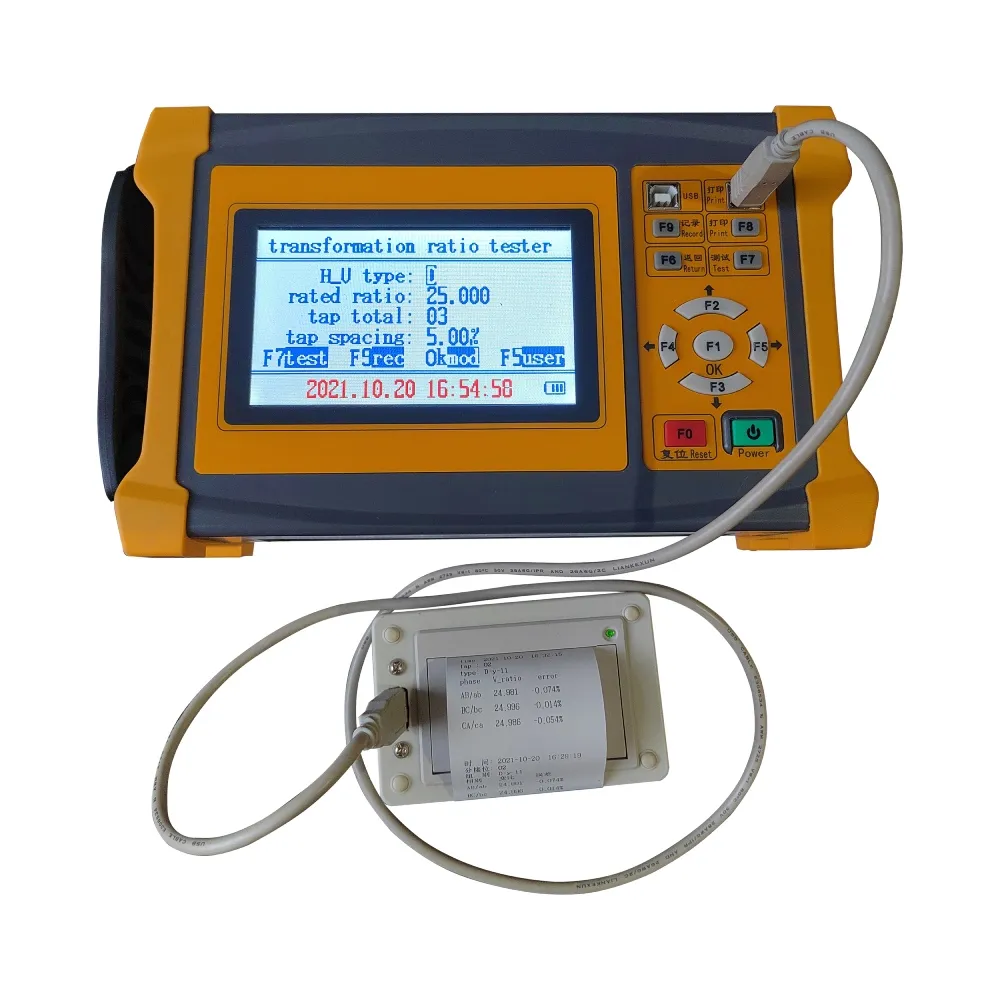TEL:
+86-0312-3189593
 English
English

Telephone:0312-3189593

Email:sales@oil-tester.com

-
 Afrikaans
Afrikaans -
 Albanian
Albanian -
 Amharic
Amharic -
 Arabic
Arabic -
 Armenian
Armenian -
 Azerbaijani
Azerbaijani -
 Basque
Basque -
 Belarusian
Belarusian -
 Bengali
Bengali -
 Bosnian
Bosnian -
 Bulgarian
Bulgarian -
 Catalan
Catalan -
 Cebuano
Cebuano -
 China
China -
 China (Taiwan)
China (Taiwan) -
 Corsican
Corsican -
 Croatian
Croatian -
 Czech
Czech -
 Danish
Danish -
 Dutch
Dutch -
 English
English -
 Esperanto
Esperanto -
 Estonian
Estonian -
 Finnish
Finnish -
 French
French -
 Frisian
Frisian -
 Galician
Galician -
 Georgian
Georgian -
 German
German -
 Greek
Greek -
 Gujarati
Gujarati -
 Haitian Creole
Haitian Creole -
 hausa
hausa -
 hawaiian
hawaiian -
 Hebrew
Hebrew -
 Hindi
Hindi -
 Miao
Miao -
 Hungarian
Hungarian -
 Icelandic
Icelandic -
 igbo
igbo -
 Indonesian
Indonesian -
 irish
irish -
 Italian
Italian -
 Japanese
Japanese -
 Javanese
Javanese -
 Kannada
Kannada -
 kazakh
kazakh -
 Khmer
Khmer -
 Rwandese
Rwandese -
 Korean
Korean -
 Kurdish
Kurdish -
 Kyrgyz
Kyrgyz -
 Lao
Lao -
 Latin
Latin -
 Latvian
Latvian -
 Lithuanian
Lithuanian -
 Luxembourgish
Luxembourgish -
 Macedonian
Macedonian -
 Malgashi
Malgashi -
 Malay
Malay -
 Malayalam
Malayalam -
 Maltese
Maltese -
 Maori
Maori -
 Marathi
Marathi -
 Mongolian
Mongolian -
 Myanmar
Myanmar -
 Nepali
Nepali -
 Norwegian
Norwegian -
 Norwegian
Norwegian -
 Occitan
Occitan -
 Pashto
Pashto -
 Persian
Persian -
 Polish
Polish -
 Portuguese
Portuguese -
 Punjabi
Punjabi -
 Romanian
Romanian -
 Russian
Russian -
 Samoan
Samoan -
 Scottish Gaelic
Scottish Gaelic -
 Serbian
Serbian -
 Sesotho
Sesotho -
 Shona
Shona -
 Sindhi
Sindhi -
 Sinhala
Sinhala -
 Slovak
Slovak -
 Slovenian
Slovenian -
 Somali
Somali -
 Spanish
Spanish -
 Sundanese
Sundanese -
 Swahili
Swahili -
 Swedish
Swedish -
 Tagalog
Tagalog -
 Tajik
Tajik -
 Tamil
Tamil -
 Tatar
Tatar -
 Telugu
Telugu -
 Thai
Thai -
 Turkish
Turkish -
 Turkmen
Turkmen -
 Ukrainian
Ukrainian -
 Urdu
Urdu -
 Uighur
Uighur -
 Uzbek
Uzbek -
 Vietnamese
Vietnamese -
 Welsh
Welsh -
 Bantu
Bantu -
 Yiddish
Yiddish -
 Yoruba
Yoruba -
 Zulu
Zulu
febr . 10, 2025 11:09
Back to list
load test on a single phase transformer theory
Conducting a load test on a single-phase transformer is crucial in evaluating its performance, efficiency, and overall reliability. By comprehending the underlying theory and practical aspects of load testing, one can adeptly gauge the transformer’s capability, ensuring seamless operation and preventing unforeseen failures.
Short-term overload testing assesses a transformer’s capacity to handle sudden load surges. This is conducted by temporarily increasing the load above the rated capacity, evaluating the transformer's robustness and safety mechanisms. Knowing the overload capability protects transformers during emergencies and prevents distribution failures. From an expertise standpoint, undertaking load tests demands meticulous preparation and precision. Technicians should use calibrated instruments and ensure all safety protocols are adhered to, as transformers operate at significant voltages and currents. Documenting every reading enables accurate trend analysis, providing valuable data for future reference. These tests are best conducted in controlled environments, such as designated testing facilities, to avert any safety hazards. Employing simulation software can complement physical testing by providing theoretical test scenarios, making the overall evaluation comprehensive and thorough. By systematically applying these test principles and understanding their theoretical underpinnings, you ensure improved performance, enhanced safety, and optimum service delivery from your single-phase transformers. When partnered with consistent maintenance and timely inspections, load testing stands as a pillar of transformer reliability and operational fortitude in everyday applications. In conclusion, a well-executed load test bridges theoretical concepts with practical insights, invaluable for industry professionals keen on maximizing the potential of single-phase transformers. It's an exercise in both science and engineering craft, uniting technical know-how with real-world demands.


Short-term overload testing assesses a transformer’s capacity to handle sudden load surges. This is conducted by temporarily increasing the load above the rated capacity, evaluating the transformer's robustness and safety mechanisms. Knowing the overload capability protects transformers during emergencies and prevents distribution failures. From an expertise standpoint, undertaking load tests demands meticulous preparation and precision. Technicians should use calibrated instruments and ensure all safety protocols are adhered to, as transformers operate at significant voltages and currents. Documenting every reading enables accurate trend analysis, providing valuable data for future reference. These tests are best conducted in controlled environments, such as designated testing facilities, to avert any safety hazards. Employing simulation software can complement physical testing by providing theoretical test scenarios, making the overall evaluation comprehensive and thorough. By systematically applying these test principles and understanding their theoretical underpinnings, you ensure improved performance, enhanced safety, and optimum service delivery from your single-phase transformers. When partnered with consistent maintenance and timely inspections, load testing stands as a pillar of transformer reliability and operational fortitude in everyday applications. In conclusion, a well-executed load test bridges theoretical concepts with practical insights, invaluable for industry professionals keen on maximizing the potential of single-phase transformers. It's an exercise in both science and engineering craft, uniting technical know-how with real-world demands.
Latest news
-
Testing Equipment Industry Sees Major Advancements in 2025: Smart & Precision Technologies Lead the WayNewsJun.06,2025
-
Applications of Direct Current Generators in Renewable Energy SystemsNewsJun.05,2025
-
Hipot Tester Calibration and Accuracy GuidelinesNewsJun.05,2025
-
Digital Circuit Breaker Analyzer Features and BenefitsNewsJun.05,2025
-
Benefits of Real-Time Power Quality Monitoring Devices for Industrial EfficiencyNewsJun.05,2025
-
Earth Fault Loop Testing in High-Rise Building Electrical SystemsNewsJun.05,2025



